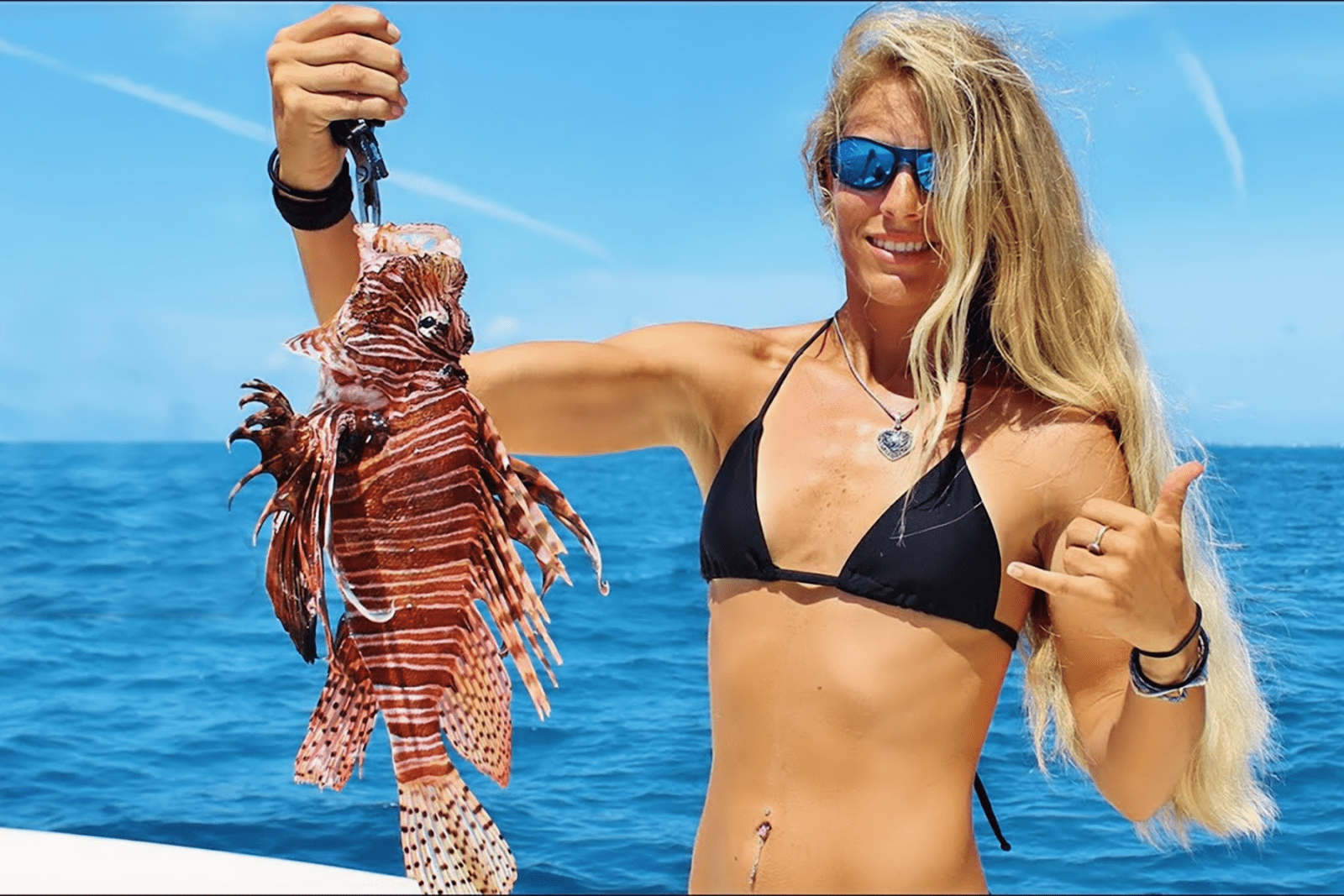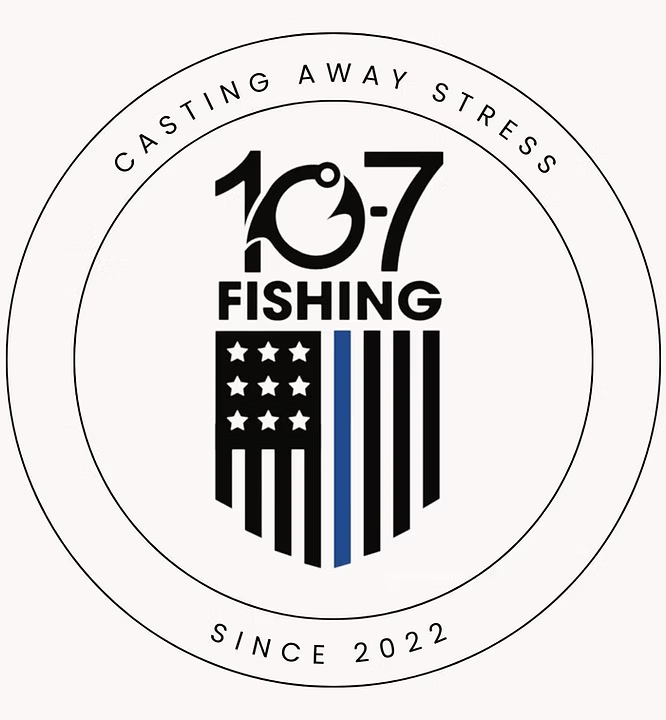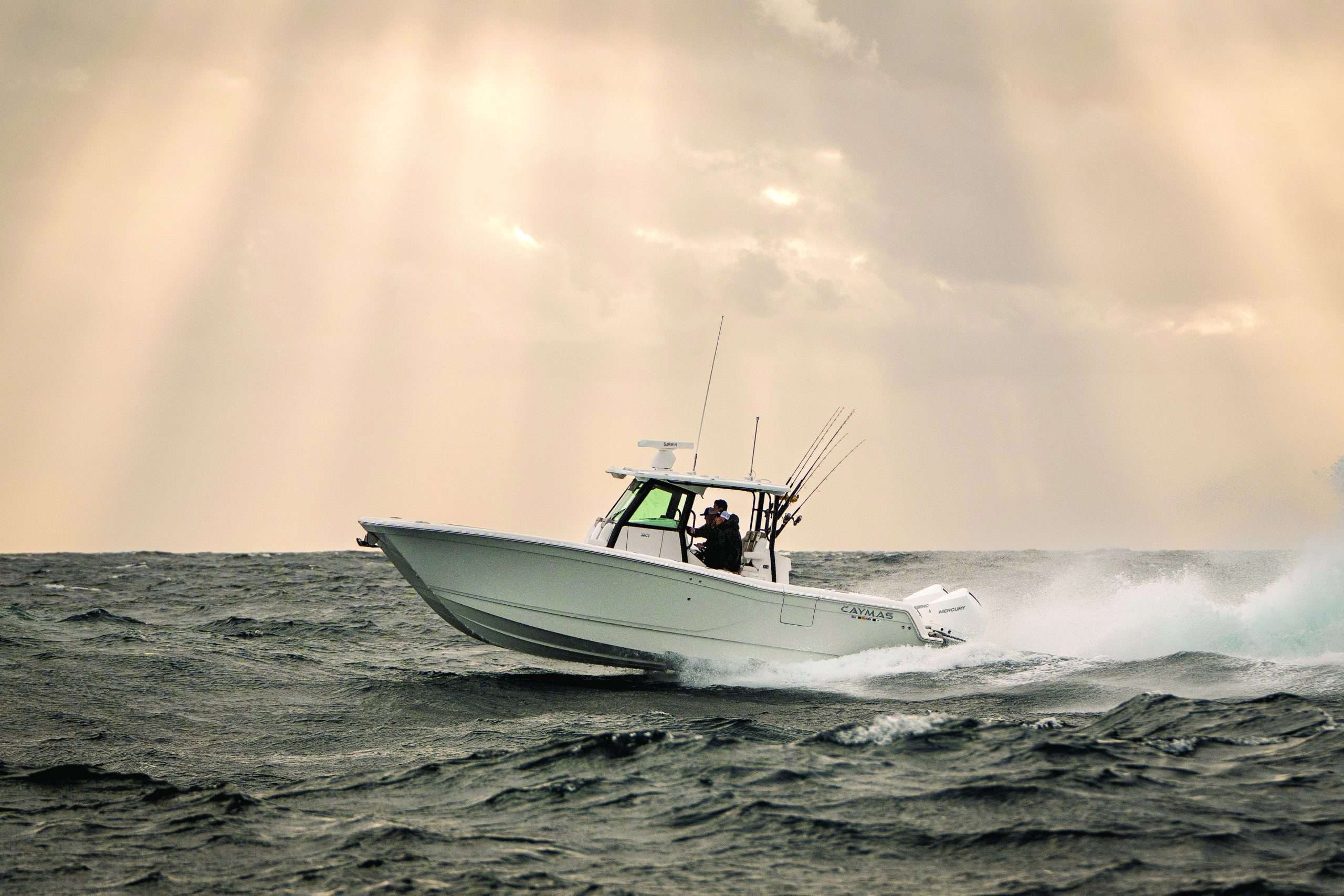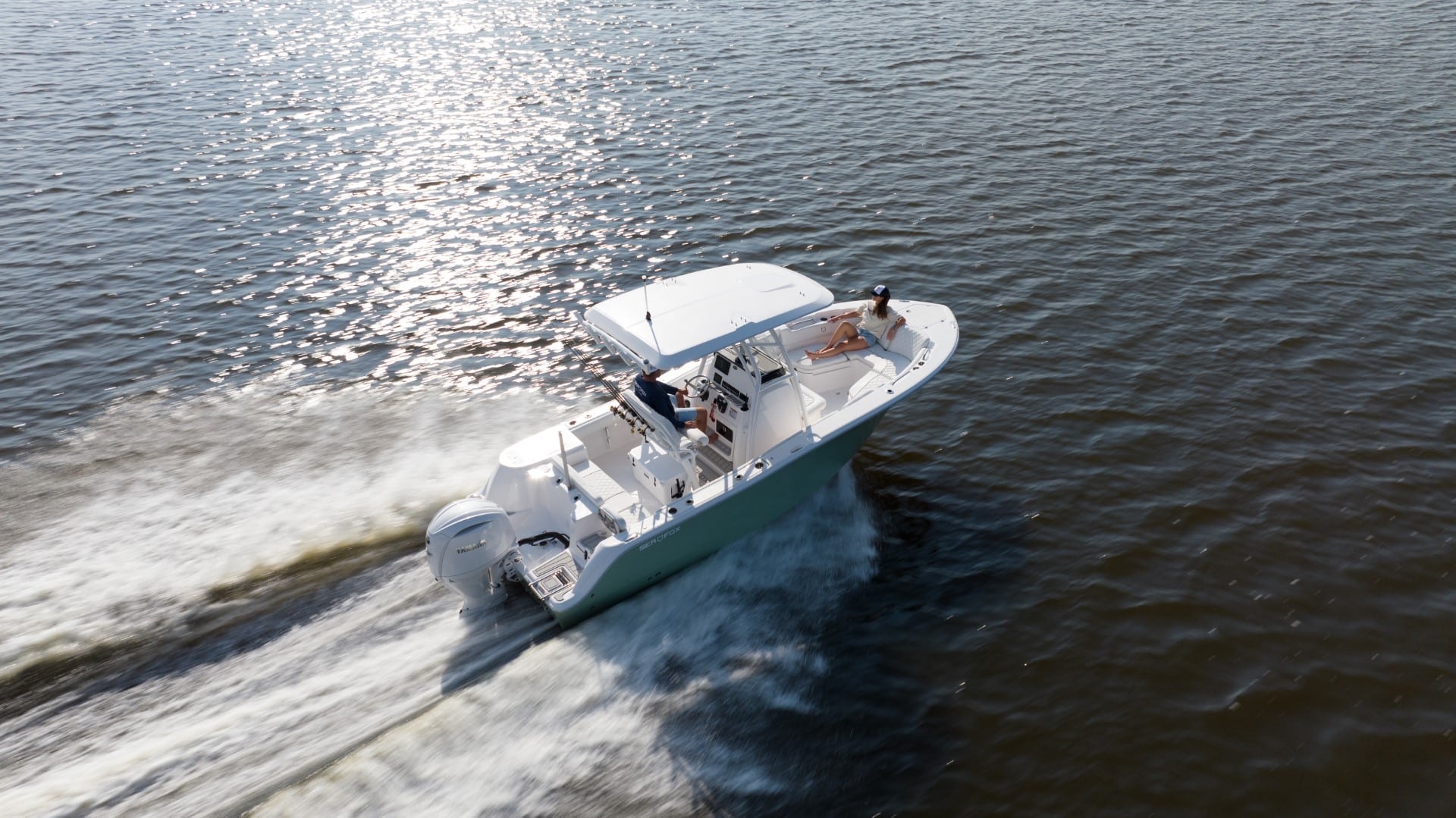The Lionfish Crisis: An Unseen Invasion Below Our Waters
Invasive Florida Lionfish, a striking species known for their venomous spines and voracious appetite, have infiltrated the Atlantic, Gulf, and Caribbean waters, transforming the ecosystem and threatening local marine life since the 1990s. While the root of their introduction into these regions remains unclear, their proliferation is undeniable.
The Proliferation of Invasive Florida Lionfish
Whether it was a handful of escapees from a South Florida tropical fish collector or the result of Hurricane Andrew’s upheaval in 1992, the fact remains that our waters are now home to these disruptive predators. Incredibly, the entire invasion traces back to just three lionfish.
These invaders are quite the survivors. Reaching maturity within a year, female lionfish release approximately two million eggs annually, translating into almost 17,000 eggs every three days. In the absence of natural predators, largely due to their venomous spines and intimidating coloration, these fish grow up to 18 inches long and can live for up to 30 years.
Lionfish, recognized for their insatiable appetite, jeopardize marine environments by feeding on local fish and disrupting the food chain. Their presence stretches from Brazil to New York, posing a significant threat to our reefs and local waters.
Human Intervention: The Predators Turned Prey
Interestingly, the lionfish’s only known vulnerabilities lie in their delicious flavor and ease of capture, making humans their sole predators. Recreational and commercial divers are to catch as many as possible to curb their population growth.
One such effort includes the Emerald Coast Open LionFish tournament™ in Destin, Florida, which educates the public about the invasive species and raises awareness of their destructive impact. According to event chairman Alex Fogg, lionfish prey on more than 167 different native fish species and can reduce reef fish populations by up to 90 percent.
Join the Fight Against Invasive Lionfish: Lionfish Challenge 2023
Heads up, divers! The Florida Fish and Wildlife Conservation Commission (FWC) is kicking off the Lionfish Challenge 2023! This cool event, which runs from June 1 to October 1, 2023, is all about inspiring us sea lovers to do our part and help clean up Florida waters from the invasive lionfish.
Recreational and commercial diver both have a shot at some awesome tiered prizes – the more lionfish you nab, the bigger the rewards. Bag 25 lionfish if you’re diving for fun, or 50 lbs if you’re in the commercial game (Tier 1). If you’re really up for the challenge, aim for 500 lionfish or 1000 lbs (Tier 4).
But the perks don’t stop at the tiered prizes. Make it to Tier 1 and you’ll snag a commemorative 2023 Lionfish Challenge Coin. This shiny keepsake comes with a bonus – the right to catch an extra spiny lobster each day during the 2023 Sport Season. Plus, you’ll automatically be entered into raffle draws with more mystery prizes up for grabs. So, what are you waiting for? Let’s dive in and make a splash in the fight against lionfish!
Techniques for Lionfish Capture
Despite being fierce eaters, lionfish are surprisingly difficult to catch using traditional fishing methods. Spearfishing or hand net fishing are the most effective techniques, with traps proving useful in deeper waters.
Divers typically use a three-pronged Hawaiian sling spear and aim for the lionfish’s head to conserve the meat. Moreover, there are specific safety measures and tools, such as puncture-proof HexArmor® Gloves and Zookeeper® holding containers, to ensure safe capture and handling.
Cleaning and Cooking Lionfish
Lionfish meat is versatile, offering a mild, firm, and white texture that pairs well with a myriad of cooking styles. Seafood lovers may enjoy it as sashimi or sushi, ceviche, or even cooked similar to snapper or hogfish. But be careful not to overcook it, or the meat may become dry and mealy.
What’s more, lionfish are a reliable and sustainable source of seafood, as they are one of the few species without a bag limit.
Catching Lionfish in Florida
In 2023, the Florida Fish and Wildlife Conservation Commission initiated the Lionfish Challenge, which incentivizes divers to remove 25 lionfish from state waters by offering an extra lobster per day to the six-per-person bag limit from June 1 to October 1.
Other Lionfish Removal Events
Several events are organized annually to encourage and reward lionfish removal. In Florida alone, from 2014-2021, over 170 tournaments resulted in the removal of more than 146,000 lionfish. Major events include Florida Lionfish Awareness and Removal Day and the Florida Keys Lionfish Derby.
FAQ Section
Q: What’s the best way to catch a lionfish?
A: Traditional fishing methods aren’t effective for catching lionfish. The best methods are spearfishing or using hand nets. Traps are also useful in deeper waters.
Q: How dangerous is a lionfish’s venom?
A: While the lionfish’s venom is not typically fatal to humans, it can cause extreme pain, nausea, and breathing difficulties. If you’re stung, immediately immerse the wound in hot water to break down the venom.
Q: Can you eat lionfish?
A: Yes, lionfish are safe and delicious to eat once the venomous spines have been properly removed. The white, firm meat is versatile and can be used in a variety of dishes.
Q: How can we control the lionfish population?
A: Currently, humans are the only known predators of lionfish. Recreational and commercial divers are encouraged to catch as many lionfish as possible. Additionally, tournaments and events are held to promote the removal of lionfish.
Q: Are there specific events aimed at controlling the lionfish population?
A: Yes, there are several events, such as the Emerald Coast Open LionFish tournament™ and the Florida Keys Lionfish Derby, organized to encourage and reward the removal of lionfish.







